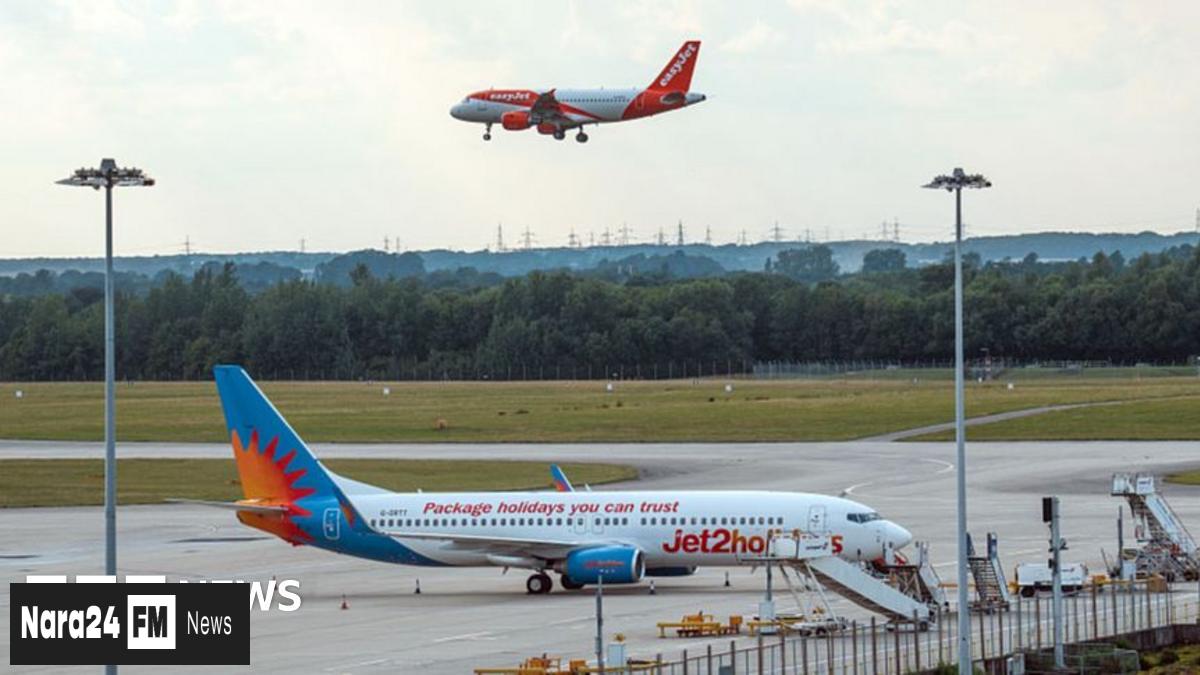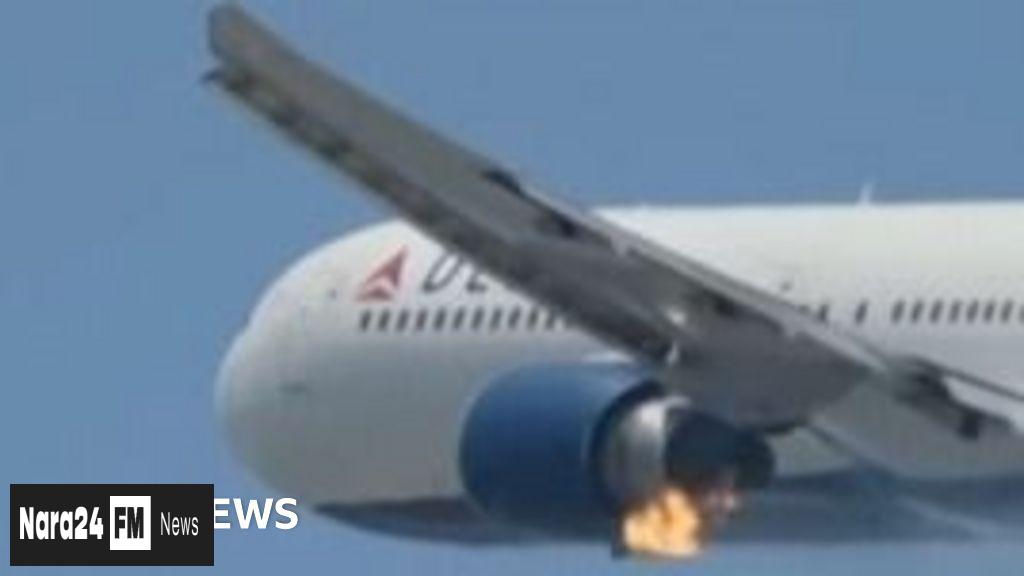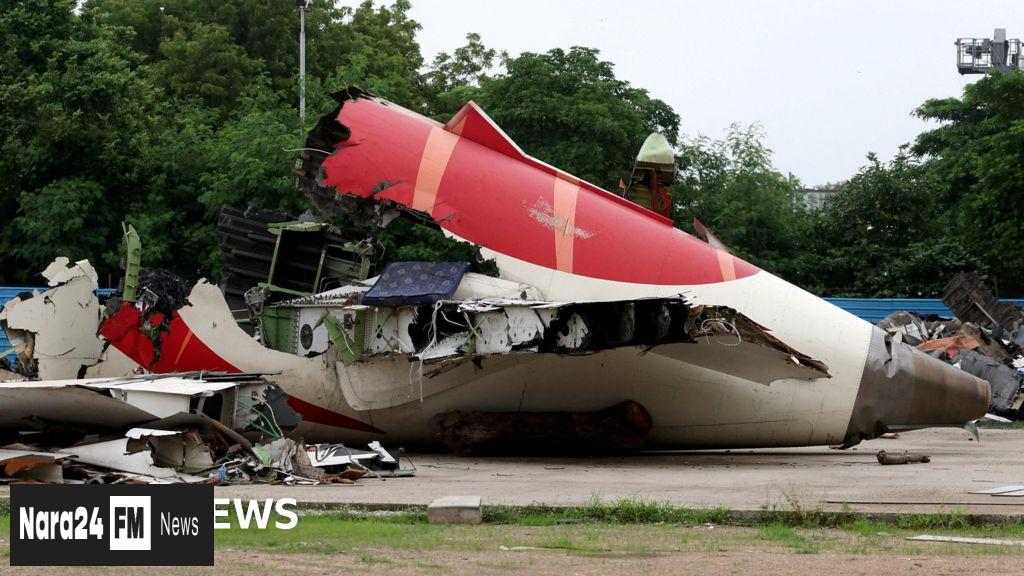Key Takeaways
- Both fuel-control switches on the Boeing 787 unexpectedly moved to the 'cut-off' position seconds after takeoff, causing engine power loss.
- The cockpit audio reveals a pilot questioning the other about the switch activation, with the latter denying responsibility, deepening the mystery.
- Investigators are focusing on identifying the voices in the recordings and examining potential issues with the fuel-control switch design.
- A preliminary investigation report has raised critical questions about the sequence of events, with experts noting the switches are designed to prevent accidental activation.
- The same fuel-control switch design used in the crashed Air India aircraft had been noted by the FAA in 2018 for potential locking feature issues, though inspections were not mandatory.
Investigators delving into the Air India Flight 171 crash, which claimed 260 lives in June, have uncovered a perplexing detail from the cockpit voice recordings. Seconds after takeoff, both fuel-control switches on the 12-year-old Boeing 787 Dreamliner unexpectedly moved to the "cut-off" position, causing engine power loss. This action, typically reserved for post-landing procedures, has deepened the mystery surrounding the tragedy.
The audio captures one pilot questioning the other about the switch activation, with the latter denying responsibility. At the time of the incident, the co-pilot was at the controls while the captain monitored the flight. The switches were later returned to their normal position, reigniting the engines, but the aircraft crashed into a densely populated area of Ahmedabad, India, less than a minute after takeoff.
Flight 171 had climbed to 625 feet in clear weather before losing location data approximately 50 seconds into the flight, according to FlightRadar24. The preliminary investigation report, led by Indian authorities with support from Boeing, General Electric, Air India, and international experts, has raised critical questions about the sequence of events.
Experts highlighted that the fuel-control switches are designed to prevent accidental activation, requiring a deliberate pull-up motion to unlock. Their reliability is further ensured by protective guard brackets. A Canada-based air accidents investigator, speaking anonymously, noted that it would be nearly impossible to accidentally deploy both switches simultaneously, making the incident highly unusual.
Shawn Pruchnicki, a former airline accident investigator, emphasized the need to determine whether the switch activation was intentional or the result of confusion. "This kind of error doesn't typically happen without some evident issue," he said. Peter Goelz, former managing director of the US National Transportation Safety Board (NTSB), described the findings as "very disturbing," noting that the cockpit voice recorder likely holds more clues than have been disclosed.
Investigators are focusing on identifying the voices in the recordings and creating a full transcript to determine which pilot manipulated the switches. They also underscored the importance of cockpit video recorders, which could provide a clear view of who activated the controls. Both pilots had passed pre-flight breathalyser tests and were deemed fit to fly, according to the report.
Additionally, the investigation has spotlighted a potential issue with the fuel-control switch design. In December 2018, the US Federal Aviation Administration issued a Special Airworthiness Information Bulletin (SAIB) noting that some Boeing 737 switches had their locking feature disengaged. While not deemed an immediate safety concern, the same switch design is used in the Boeing 787-8, including the crashed Air India aircraft. Air India did not perform the recommended inspections as the SAIB was advisory, not mandatory.
Mr. Pruchnicki questioned whether the disengaged locking feature could have played a role. "Could the switch just flip itself to off and shut down the engine? If that's the case, it's a really serious issue," he said. As the investigation continues, the focus remains on unraveling the sequence of events and understanding the factors that led to one of India's most baffling aviation disasters.








Comments (0)
Leave a Comment
Be the first to comment on this article!